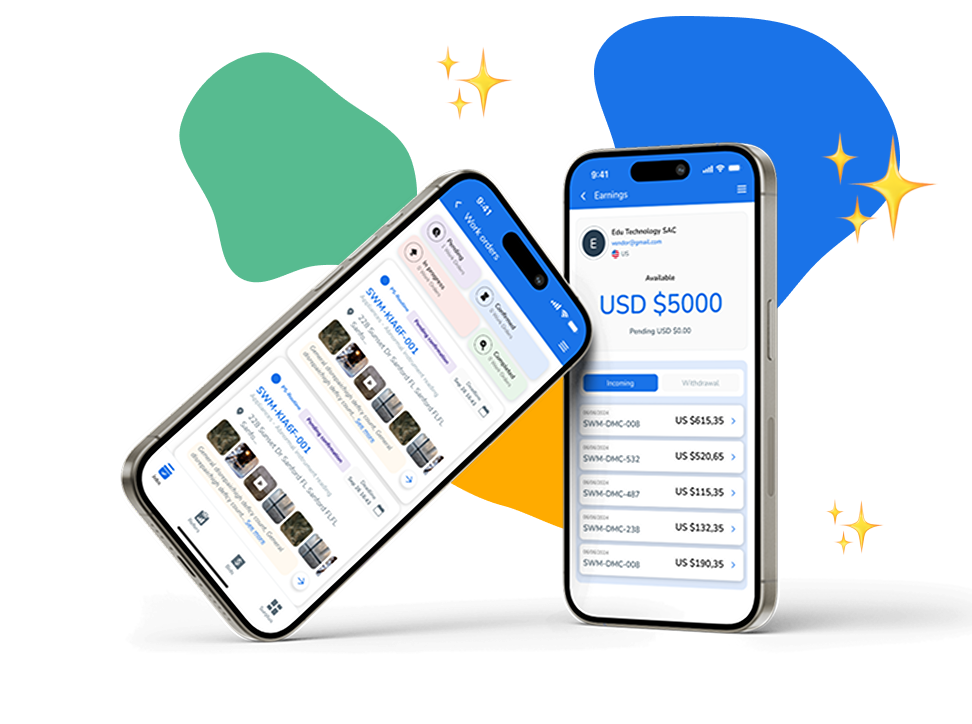Introduction:
In the intricate web of project management, vendors play a pivotal role in delivering goods and services critical to project success. However, effectively managing and optimizing vendor performance can be a challenging task, often leading to project delays, cost overruns, and dissatisfaction among stakeholders. To address this challenge, organizations must adopt a strategic approach to vendor performance management. In this blog post, we explore how leveraging vendor performance metrics and management tools can enhance project outcomes, drive vendor accountability, and deliver value to stakeholders.

The Challenge of Vendor Performance Management
In today’s competitive business landscape, organizations rely heavily on vendors to fulfill their project requirements. However, without proper oversight and management, vendor performance can fall short of expectations, leading to project delays, quality issues, and increased costs. Monitoring and improving vendor performance is crucial for ensuring project success and delivering value to stakeholders.
The Solution: Utilizing Vendor Performance Metrics and Management Tools
Enter vendor performance metrics and management tools—a strategic solution for tracking, analyzing, and optimizing vendor performance throughout the project lifecycle. These tools enable organizations to establish clear performance expectations, measure vendor performance against predefined metrics, and drive accountability through data-driven insights. By leveraging vendor performance metrics and management tools, organizations can identify areas for improvement, address performance issues proactively, and optimize vendor relationships to maximize project outcomes.

Key Strategies for Optimizing Vendor Performance:
- Establish Clear Performance Metrics: Define key performance indicators (KPIs) aligned with project objectives and vendor contracts to measure vendor performance effectively.
- Implement Performance Monitoring Tools: Utilize vendor performance management software or tools to track and analyze vendor performance data in real-time, enabling proactive intervention and decision-making.
- Regular Performance Reviews: Conduct regular performance reviews with vendors to discuss performance against established metrics, provide feedback, and identify opportunities for improvement.
- Drive Accountability Through Contracts: Incorporate performance metrics and incentives into vendor contracts to incentivize compliance and drive accountability for meeting performance targets.
- Collaborative Problem-Solving: Foster open communication and collaboration with vendors to address performance issues collaboratively, identify root causes, and implement corrective actions to improve performance.
Implementation Strategy:
- Define Performance Expectations: Clearly define performance expectations and KPIs in vendor contracts and agreements.
- Select Suitable Performance Management Tools: Research and choose vendor performance management tools that align with organizational needs and objectives.
- Training and Education: Provide training to stakeholders involved in vendor management on using performance management tools effectively and interpreting performance metrics.
- Continuous Monitoring and Improvement: Regularly monitor vendor performance metrics, gather feedback from stakeholders, and identify areas for improvement to optimize vendor performance iteratively.
- Collaborative Relationship Building: Foster strong relationships with vendors based on transparency, communication, and mutual accountability for achieving project success.

Conclusion:
In conclusion, optimizing vendor performance is essential for achieving project success and delivering value to stakeholders. By leveraging vendor performance metrics and management tools, organizations can track performance, drive accountability, and optimize vendor relationships to maximize project outcomes. Investing in strategic vendor performance management not only enhances project delivery but also strengthens vendor partnerships and fosters long-term success in today’s competitive business environment. Ultimately, by prioritizing vendor performance optimization, organizations can drive efficiency, mitigate risks, and deliver exceptional results in their projects.
















